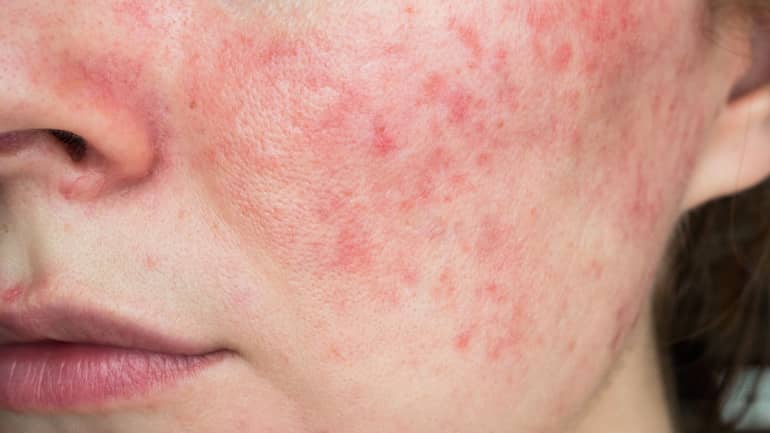The skin is our largest organ, whose many functions, such as protection and thermoregulation, derive from the fact that it is our barrier and main point of contact with the environment.
By investing in new facilities and modern technology, it expands its range and offers products for treating and helping in treating the most common conditions in dermatology (acne, fungal and bacterial infections of the skin, rosacea, dermatitis).
Innovative products such as nail polish for treating fungus infections (Fungilac) or ectoine cream (Pantexol repair) offer simple application and the ability to quickly and effectively self-treat various dermatological problems.
The skin is often the first organ that provides information about the condition and health of the body, about our age, the way we treat it and care for it.
A little effort invested in its care results in multiple benefits. Proper skin care includes several steps. The first is the selection of appropriate care products. To be able to do this, we must first get to know the condition and type of our skin.
It is often difficult to distinguish skin types because the skin behaves differently depending on the season, or different parts of the face may have symptoms of other skin types. With the advice of a pharmacist or examination by a dermatologist specialist, it is possible to choose the right care.
It should be noted that the skin is made up of water which is lost every day, and over the years the water content in the skin becomes dramatically reduced.
Thus, children’s skin contains about 70% water, while adult skin has less than 50% of water. In young children, the skin is soft like velvet and elastic because of the abundance of water in deeper layers. In this age, each skin cell lives in the optimal conditions. Daily skin care can preserve these optimal conditions. The time necessary for this care is five minutes in the morning and five minutes in the evening.
The selected products must be perfectly integrated into the physiology of the skin and function as its natural layer. In addition, they must perform many other tasks: nourish the skin with nutrients, vitamins, moisturisers, antioxidants, trace elements, prevent water loss, protect from environmental pollution and excessive sunlight, and serve as a make-up base.
Because a single preparation cannot do all this alone, usually a night and day care cream is advised, with different textures in which the active ingredients are dissolved in different ways and in different concentrations.
Thus we can distinguish between creams for different purposes (moisturising, nourishing, day, night), fluids (lighter products, often without oil), gels (lean texture that is rapidly absorbed, leaving a feeling of freshness on the skin), or serums (products with a high concentration of active ingredients).
An absolutely essential phase of skin care is its proper cleaning.
Select products need not be aggressive, they need to cleanse the skin, but should not disrupt the hydro-lipid layer – skin’s natural defence. After cleaning, it is necessary to tone the skin since a tonic normalizes its balance after cleaning, removes remnants of the cleaning agent and prepares the skin for the care that follows.




